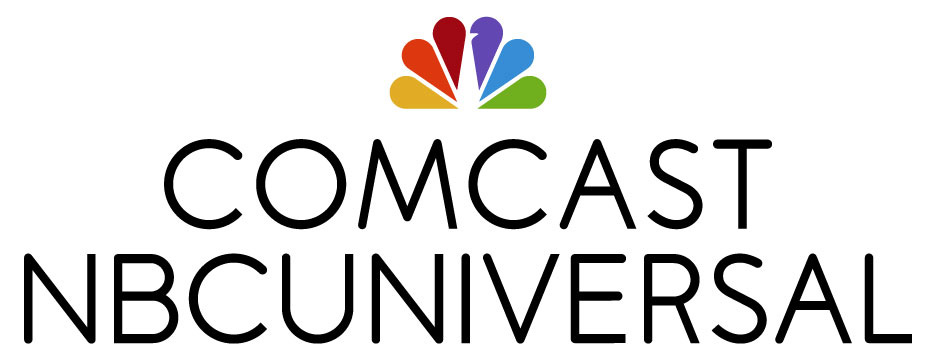Comcast Announces Multiyear Effort to Roll Out 1,000+ WiFi-Connected 'Lift Zones' in Local Community Centers Nationwide
PHILADELPHIA, September 18, 2020 /3BL Media/ - As part of its ongoing commitment to help connect low-income families to the Internet so they can fully participate in educational opportunities and the digital economy, Comcast today announced a multiyear program to launch more than 1,000 WiFi-connected “Lift Zones” in community centers nationwide.
Working with its network of thousands of nonprofit partners and city leaders, Comcast will provide WiFi in facilities they have identified to help students get online, participate in distance learning, and do their schoolwork. The initiative will provide not only free Internet connectivity, but also access to hundreds of hours of educational and digital skills content to help families and site coordinators navigate online learning. Lift Zones complement Comcast’s Internet Essentials program, which, since 2011, has helped connect more than 8 million low-income people to the Internet at home.
“For nearly a decade, Internet Essentials has helped to change the lives of millions of people by providing low-income families with Internet access at home,” said Dave Watson, President and Chief Executive Officer, Comcast Cable. “These Lift Zones, which will be installed in community centers in local neighborhoods that our partners have identified and will run, will be places where students and families can get online and access the resources they need, especially while so many schools and workplaces have gone virtual.”
The COVID-19 crisis has put many low-income students at risk of being left behind and has accelerated the need for comprehensive digital equity and Internet adoption programs to support them. Lift Zones are intended to help those students who, for a variety of reasons, may be unable to connect to distance learning at home, or who just want another place in which to study.
“What we’ve learned throughout this pandemic is that although at-home Internet connectivity is the number one barrier to remote or hybrid learning, connectivity is only one barrier that prevents our nation’s kids from logging in and participating,” said Evan Marwell, CEO and Founder of Education SuperHighway. “No one single answer alone will solve this problem. These Lift Zones can offer families much needed support when at-home connectivity is either not available or the student is unable to participate in their home environment.”
The first 200 Lift Zones have already been identified. Several are open and others will open this year in more than a dozen cities. Examples include:
- Baltimore – Harvey Johnson Community Center at Union Baptist Church – Serves more than 50 students and community members in West Baltimore in a safe space for participating in online education, as well as in intergenerational learning classes, with access to computers and training through its cyber center.
- Chicago – BUILD is one of Chicago’s leading gang intervention, violence prevention, and youth development organizations, serving nearly 3,000 young people each year. Its mission is to engage at-risk youth in schools and on the streets to help them realize their potential and contribute to their communities. BUILD focuses on hard-to-serve youth in some of Chicago’s most challenging neighborhoods.
- Philadelphia – Olney Recreation Center – A 13.6-acre site with outdoor spaces and recreation building with an auditorium, gymnasium, and multipurpose rooms offering free and low-cost programming that serves approximately 1,650 neighborhood children annually.
- Trenton – Catholic Youth Organization of Mercer County – Provides childcare and youth programs to approximately 1,200 children ages 8-14 from Catholic schools and parishes during the academic year.
- Twin Cities – The Sanneh Foundation Distanced Learning Hub at Conway Community Center in St. Paul, enables parents and guardians to continue to work while providing a safe space for their children during normal school hours. Sanneh hosts 140 students per day and is offering safe, socially distanced access to educational technology as well as tutoring support.
The Lift Zones initiative comes on the heels of Comcast’s recent launch of its new “Internet Essentials Partnership Program,” which focuses on enabling cities, school districts, and community-based organizations to connect large numbers of low-income students to the Internet at home to support distance learning while many schools remain closed. To date, more than 70 schools have signed up for the Partner Program, potentially benefitting nearly 200,000 students.
Additionally, in response to the COVID-19 crisis, Comcast announced in June that it will continue to offer, through the end of 2020, all new Internet Essentials customers two months of free Internet service and it will waive the requirement that customers not have back debt due so more families can apply. Comcast also continues to extend free access to its 1.5 million public Xfinity WiFi hotspots to anyone who needs them, including non-customers, through the end of 2020. These hotspots are located in public places like small businesses, parks, and transportation hubs and are in addition to the Lift Zones, which will be new, additional locations where low-income individuals and students can get online for free.
Lastly, Comcast’s Internet Essentials program also makes a range of educational resources available online for anyone to access at: www.internetessentials.com/learning. The Learning Portal provides videos and materials about topics like: Internet Basics, Online Safety and Security, Building New Skills, and Getting Things Done. The site also links to a number of free educational websites for students.




